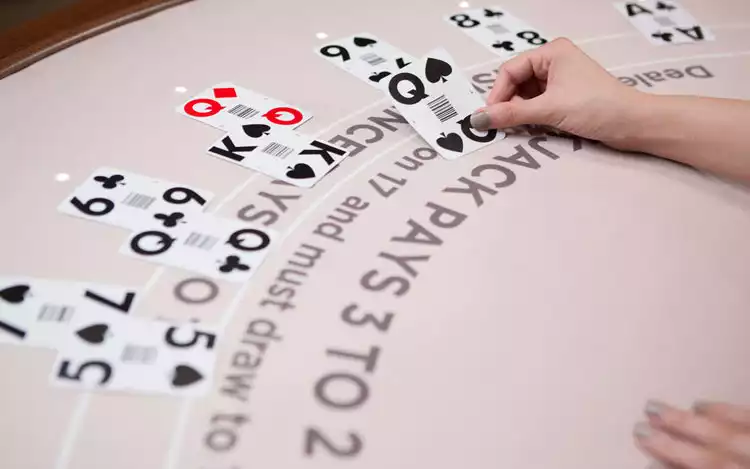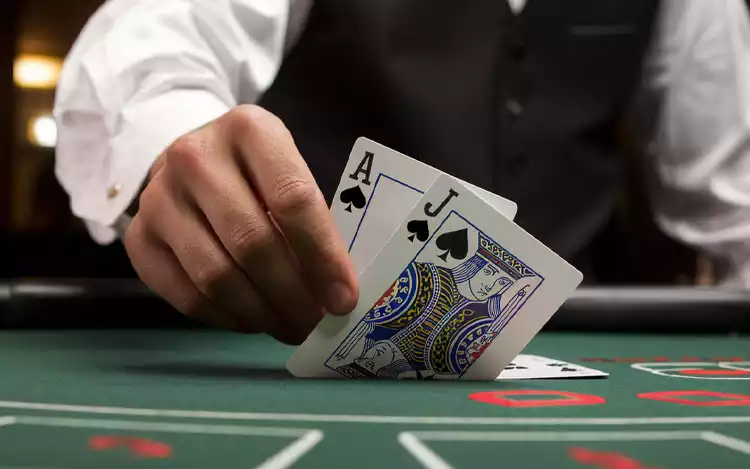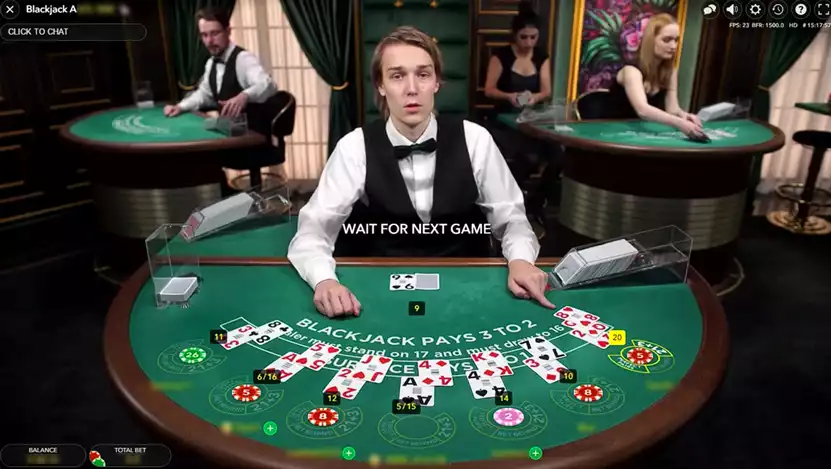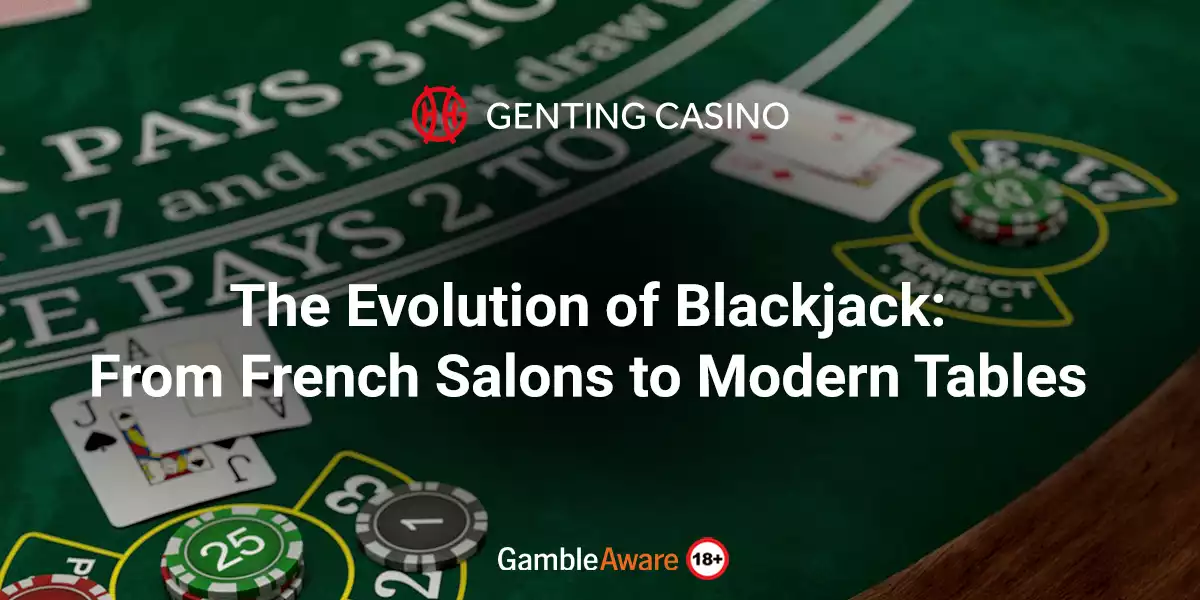Synonymous with casino excitement, blackjack has a rich history that spans centuries. From being enjoyed in European courts to being a staple in modern casinos, its evolution has become a testament to its appeal and adaptability.
Through this article, we’ll be tackling the following points on the evolution of blackjack:
- European Origins
- American Transition
- Standardization and Growth
- The Strategic Revolution
- The Digital Age
- Impact and Legacy
European Origins
Back in the 17th century, a card game emerged that was played similarly to blackjack. This game inspired Miguel de Cervantes, the author behind Don Quixote, to write about the game in one of his works.
Along the same time, a similar game called “vingt-et-un,” gained popularity in French courts, among the nobility. Both of these games came with the objective of reaching 21 points without going over.

American Transition
As European settlers made their way towards the United States in the early 19th century, they brought vingt-et-un along with them. As a means to attract players to American gambling houses, special bonuses and payouts were introduced.
One of these payouts included an incentive if a player’s hand consisted of an Ace of spades, and a black Jack card. This was later referred to as a “blackjack,” which brought on the name of the game. This bonus was later discontinued, but the name had stuck.

Standardisation in Nevada
As the 20th century rolled in, significant developments for blackjack came along. In 1931, Nevada legalised gambling, thus allowing blackjack to become a staple in their casinos. They eventually adapted consistent guidelines for the game, which are still being followed today.
The Strategic Revolution
Edward Thorp’s book, “Beat the Dealer,” brought a pivotal moment in the history of blackjack. As a blackjack researcher and mathematician, he introduced the concept of card counting which players may use while playing the game.
Thorp’s publication was later researched by the Four Horsemen of Aberdeen, which were a group of soldiers in the U.S. Army. This group consisted of the following:
- Roger Baldwin
- Wilber Cantey
- Herbert Maisel; and,
- James McDermott
The Digital Age
The digital age of blackjack came when online casinos emerged and gained popularity. These would offer virtual blackjack games, which allowed players to enjoy the game from the comfort of their homes. Various blackjack variants would also be offered, catering to diverse player preferences.
In recent years, live dealer blackjack games have also gained popularity. These mixed the convenience of online play with the authentic experience of a land-based casino. Players would be able to interact with professional live dealers via chat functions. This innovative way to enjoy blackjack helped it gain more popularity with modern audiences.

Impact and Legacy
As the game spread across the globe, various cultures introduced their own twists to the game to make it more popular in their countries. Due to its growing popularity, the game has even been featured in various points in popular culture including numerous films, books, shows, and even some songs.
From its humble beginnings to its prominent place in today’s casinos, whether these be land-based or online, blackjack has undergone a remarkable evolution. It brought the perfect mix of luck, chance, and excitement that continues to captivate players around the world.







